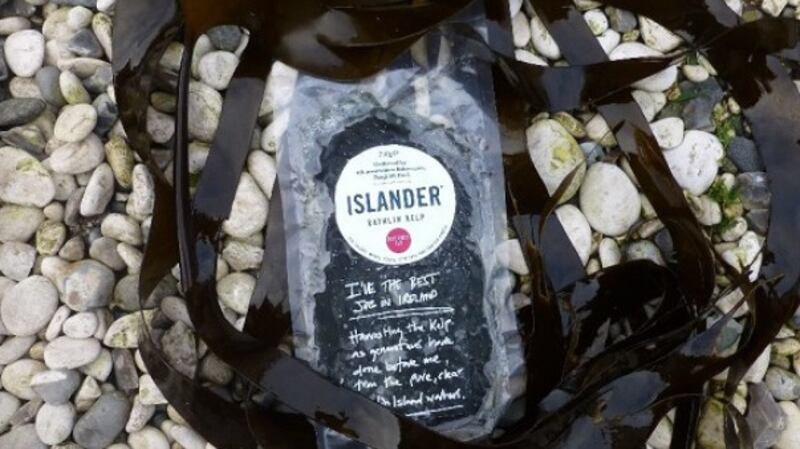Between 80 and 90 per cent of all new food products are withdrawn from the market within six months of launch. In the main, this is due to a failure to hit the right spot with consumers. And in many cases this is the result of a sensory issue. It’s too sweet or not sweet enough, the texture isn’t quite right, the aroma doesn’t meet expectations, or it might even be the case that the sound is wrong.
This is among the problems addressed by the Food and Consumer Testing Suite (FACTS) at Ulster University. Part of the Agri-food Business Development Centre, FACTS helps businesses create, develop, refine and improve food and drink products. The suite boasts state-of-the-art facilities including fully equipped product development kitchens, sensory testing booths, consumer research facilities, and a nutritional analysis laboratory.
"We are holding an event at the Belfast campus on April 13th which aims to support the food industry in developing its skills in sensory analysis," says FACTS director Dr Amy Burns. "We have three leading UK experts in sensory analysis and a US expert on food marketing speaking at the event. We are trying to get companies to look at their products to see how they can use sensory analysis to improve their eating quality, their marketing, packaging, their visual appeal and so on."
Crispiness and sound
She explains that every sense is involved in our experience of food and drink products and how emotions are involved as well. “When consumers say they like a food product and that it tastes nice or the flavour is nice there is a lot more going on as well. Texture is important. Even sound is important.”
Her colleague Dr Lynsey Hollywood points out that our perception of the taste of a food product can be altered by the sound it makes when we eat it.
“Take two bowls of Tayto crisps, for example. If one of them is fresh and the other has been there for half a day the crispiness and the sound they make will be different and they will taste very differently to people. Also, found doesn’t taste as nice on a plane because our taste buds are affected by altitude so that has to be taken into account by the companies supplying the airlines.”
The FACTS team works with Invest Northern Ireland and Enterprise Ireland to assist food companies to turn ideas into new products. "Among the businesses we are working with are two innovative Northern Ireland firms," says Burns. "Islander Kelp from Rathlin Island has developed two exceptional food products using seaweed and Boringly Good makes a range of almond milks which are being stocked retailers throughout Ireland."

Islander Kelp cultivates and harvests seaweeds on Rathlin Island and exploits their nutritional and health-giving properties.
“They are manufacturing healthy, gluten free spaghetti and tagliatelle using the seaweed. We have been working with them to extend their range and have helped them develop some new products including a kimchi where the cabbage is replaced by seaweed and a tapenade where the olives are substituted with seaweed.”
Boringly Good has its origins in the poor availability of milk in China. Rhian and Gerald Lennon had moved to China for work and when they couldn't get milk for their tea they found a recipe for almond milk. On their return to Ireland they established a company to manufacture their product.
“They are one of the only artisan almond milk producers in the UK or Ireland and we have been working with them on the development of new products that exploit the nutrients and other unique qualities of the almond milk,” says Burns.
Real benefits
A key part of the new product development process in both cases has been sensory analysis. “The aim is to create products that consumers want to eat, taste and experience,” Hollywood notes. “We use something known as the Likert scale which rates different sensory experiences on a scale of zero to nine from dislike extremely at the low end to like extremely at the high end. We bring in consumers to taste products in our suite of sensory booths and the results help guide the development process. Most of the leading food companies and retailers will reject any product which has a score below seven for any of the senses tested.”
This analytical approach can deliver real benefits to the bottom line for food companies, according to Burns. “Sensory evaluation is nothing new,” she says. “Companies have been doing it for a long time with many of them doing it in-house. But that has really only been an option for large companies. We can offer that to smaller companies and potentially save them a fortune by helping to assure the success of new products when they are launched on the market. This will be particularly important in future as pressure grows to reduce the salt and sugar content of food and drink products and manufacturers still have to preserve their sensory characteristics.”










